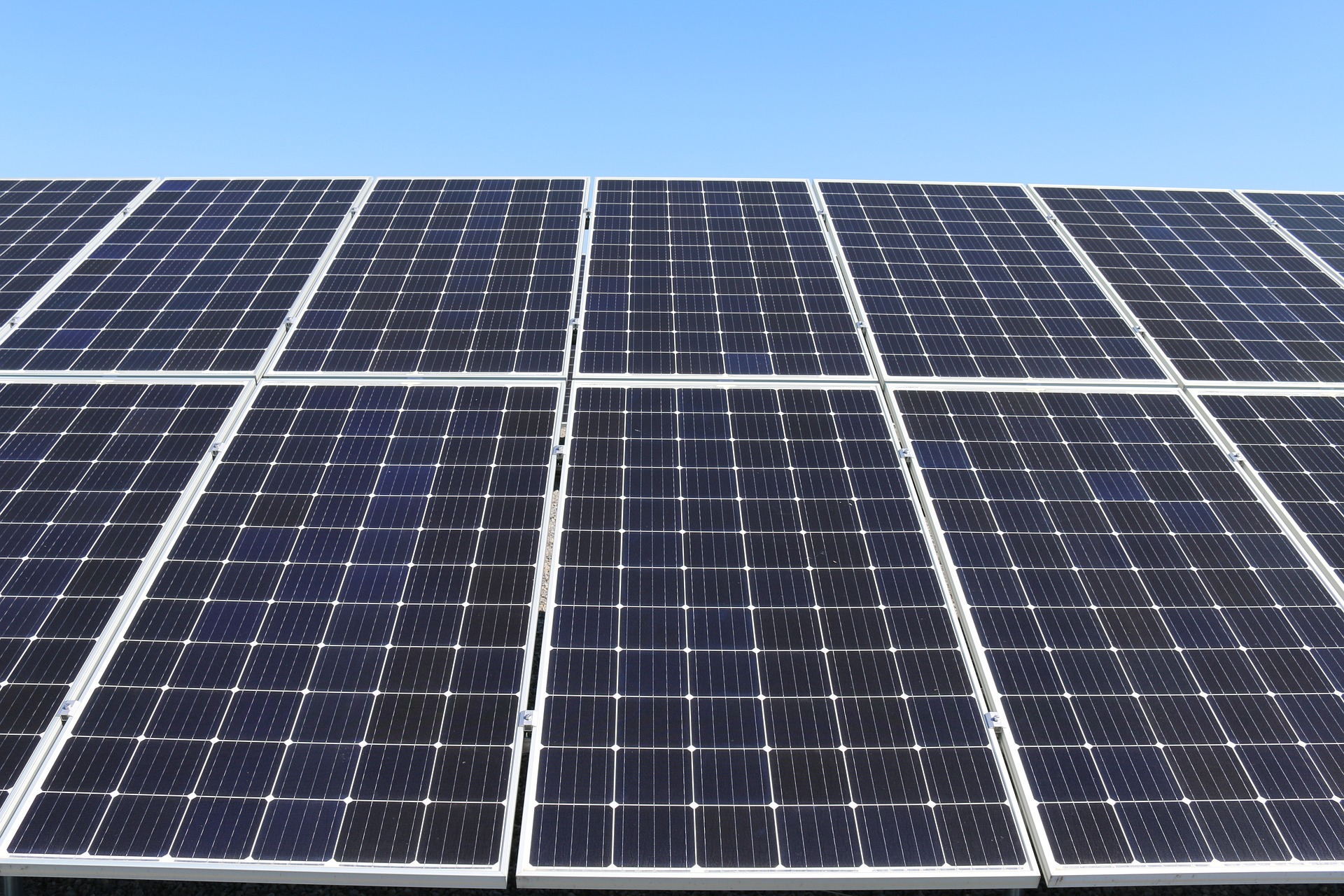Solar Panels for British Homes: Could They Lower Your Bills?
Rising energy bills have sparked new interest in solar solutions across the UK. Modern panels are now smaller, more efficient, and often supported by government incentives. Learn how solar could help your household cut costs and gain energy independence in 2025.
The rising cost of energy has prompted thousands of homeowners across the United Kingdom to explore alternative power sources. Solar panels represent one of the most accessible renewable energy options for residential properties, converting sunlight into electricity that can power household appliances and heating systems. While the British climate may not seem ideal for solar energy, modern photovoltaic technology has become efficient enough to generate meaningful amounts of electricity even on cloudy days. The question many households face is whether the initial investment translates into genuine long-term savings on energy bills.
Why Solar Power Is Gaining Momentum in the UK
Several factors have contributed to the growing popularity of solar installations across Britain. Energy price volatility has made homeowners increasingly aware of their vulnerability to market fluctuations and supply issues. Solar panels offer a degree of energy independence, allowing households to generate their own electricity and reduce their exposure to rising utility costs. Environmental concerns have also played a significant role, as more people seek to reduce their carbon footprint and contribute to national climate goals. Government initiatives and changing regulations have made solar technology more accessible, while improvements in panel efficiency mean systems can generate more power from the same roof space than earlier generations could manage.
How Modern Solar Systems Work in Everyday Homes
A typical residential solar installation consists of photovoltaic panels mounted on the roof, an inverter that converts direct current into usable alternating current, and a connection to the home’s electrical system. When sunlight strikes the solar cells, it generates electricity that flows into the inverter and then powers household appliances. Any excess electricity can either be stored in a battery system for later use or exported back to the grid, often earning the homeowner a payment through schemes like the Smart Export Guarantee. During periods of low sunlight or high energy demand, homes draw additional power from the grid as needed. Modern systems often include monitoring technology that allows homeowners to track their energy generation and consumption in real time, helping them optimize their usage patterns and maximize savings.
Costs and Savings and What Affects the Final Price
The financial aspect of solar panel installation involves both upfront costs and long-term savings potential. Several variables influence the total investment required, including the size of the system, the quality of components, roof complexity, and installation requirements. A typical residential system for a three-bedroom home might range from approximately £5,000 to £8,000, though larger properties or premium equipment can push costs higher. The potential savings depend on energy consumption patterns, system size, electricity prices, and how much generated power is used directly versus exported. Households that use more electricity during daylight hours typically see greater immediate benefits, as they consume more of their self-generated power rather than purchasing from the grid.
| System Size | Typical Cost Range | Annual Generation Estimate | Potential Annual Savings |
|---|---|---|---|
| 3 kW | £5,000 - £6,000 | 2,550 kWh | £400 - £600 |
| 4 kW | £6,000 - £8,000 | 3,400 kWh | £550 - £800 |
| 5 kW | £7,000 - £9,000 | 4,250 kWh | £650 - £1,000 |
Prices, rates, or cost estimates mentioned in this article are based on the latest available information but may change over time. Independent research is advised before making financial decisions.
Support and Incentives Available for Homeowners
While the Feed-in Tariff scheme closed to new applicants in 2019, several support mechanisms remain available for homeowners considering solar installation. The Smart Export Guarantee requires licensed electricity suppliers to pay households for surplus solar energy they export to the grid, though rates vary between providers. Some energy companies offer higher export rates than others, making it worthwhile to compare available tariffs. The VAT rate for solar panel installations on residential properties has been reduced to zero percent, lowering the overall cost of systems installed after April 2022. Additionally, certain local authorities and community energy schemes offer grants or financing options to help residents afford renewable energy installations. Homeowners should research current schemes in their area and compare different installer quotes to ensure they receive competitive pricing and quality service.
What the Future of Solar Energy Means for British Households
The outlook for residential solar energy in the United Kingdom appears increasingly positive as technology continues to improve and costs decline. Battery storage systems are becoming more affordable, allowing households to store excess daytime generation for use during evening peak demand periods. This capability could significantly enhance the financial benefits of solar installations by reducing grid reliance even further. Changes to building regulations may eventually require new homes to incorporate renewable energy systems, potentially normalizing solar technology across the housing sector. As the national grid transitions toward renewable sources and electric vehicle adoption increases, homes with solar panels and battery storage may gain additional advantages, including the ability to charge vehicles with self-generated electricity. While solar panels may not eliminate energy bills entirely, they represent a practical step toward reducing household energy costs and environmental impact for many British homeowners.
Deciding whether solar panels make financial sense requires careful consideration of your specific circumstances, including roof orientation, energy consumption patterns, and available budget. While the technology has matured considerably and costs have decreased, the investment remains significant and may take several years to recoup through energy savings. Consulting with reputable installers and obtaining multiple quotes can help ensure you receive accurate information about potential costs and benefits for your particular property.





